[‘White Cup and Saucer’ (1864) by Henri Fantin-Latour]
Twenty years ago this month, I started writing my blog. It was the early days of TypePad and WordPress and even though the concept of blogs was not entirely new, I’d only recently become aware of them. I’d found some really good, recently launched knitting blogs which combined wool, wit, and warmth, and what struck me the most was the way the creators were just doing it for themselves. They didn’t need to be commissioned, edited, or told if they were good enough by any sort of literary or cultural gatekeeper; they just opened up a ‘draft post’ page, wrote the words, uploaded the images, pressed ‘publish’, and out it all went to the whole world.
[‘Flowers’ (n.d.)Winifred Nicholson]
After several weeks of wondering should I/shouldn’t I, I decided I’d give it a go, even though I had no background in writing apart from doing a little bit of marketing copy for wine retailers, and certainly none in taking photographs. I cast around for a blog name, played with knitting-related words and phrases and came up with yarnstorm (I distinctly remember where I was sitting on the evening I tested it on Simon). In 2015 it was one of the OED’s words of the year - although they dated it to 2009, didn’t get the etymology/pun on ‘barnstorm’ correct, and called it a transitive verb which, originally, it was not.
[‘Kettle, Teapot, Breadboard, Matches’ (1939) by Eric Ravilious]
Simon lent me a small camera, I took some photos and wrote some words (honestly, this was a millions times easier than drafting just a sentence for the PhD I was then doing) and there was my post for all to see. I was off. And so it went from there: more readers, branching out into other subjects because I couldn’t knit fast enough to provide enough subject matter for a purely knitting blog, more readers, an agent, a book proposal, a book, more readers, more books. Until I was worn out by writing for books and the blog, jaded, unable to shake off the negative and often quite personal commentary and attacks, even though these were vastly outnumbered by positive messages and feedback.
[‘Pink Still Life with Jug’ (1935-36) by William Nicholson]
To be honest, I can’t even remember now when I stopped blogging and I have no idea what’s happened to all the posts I published (I’m not bothered, either). It was all in the past, another life. Until September 2022 when Phoebe told me that Substack was a good publishing platform, that she’d come across some interesting newsletters on it, and why didn’t I start writing again. I equivocated, but she took no notice, set up this newsletter, asked me what I was going to call it and I said yarnstorm so people would know it’s me, and because I couldn’t think of anything better. She suggested Sunday morning was the best time to send it out (she was absolutely right), and told me to write something TODAY - it was a Thursday - to publish on Sunday. I obeyed, and immediately rediscovered my original enthusiasm and enjoyment of this most direct and unmediated form of publishing. As I’ve said before, I told myself I’d be happy if just twenty or thirty people read what I’d written, so was quite overwhelmed when so many readers subscribed and came back the next week, and the next. And what was - and still is - absolutely amazing is that lots of you have been with me from the very start, twenty years ago.
[‘Still Life with Milk Bottle (Verso)’ c1945 Anne Redpath]
Things have changed on the internet since my blog began in February 2005 and I am, I like to think, wiser and firmer about it all. Any unpleasantness in the comments section gets short shrift, but thankfully this is very, very rare. I plan my writing time and stick to one newsletter a week. I have built up a slew of draft newsletters in various states of readiness - mostly just ideas scattered on a page - but don’t often use them as most weeks something more interesting and of the moment makes itself known to me.
Blogs and newsletters also solve a problem. I write about so many things that my work can’t be pigeonholed, and publishers and editors and booksellers don’t like that, even though experience tells me many writers’ books end up in the wrong part of a bookshop despite being put in a category. I also use images all the time - my words and pictures are completely intertwined and the two are inseparable in my world and my imagination. And these days no-one will pay for costly images to go in a printed book even when the author provides them. As a result, what I do remains on line with nicely back-lit images. I also use links which make an enormous difference in that I don’t have to explain and contextualise or give background, and can instead focus on the subject, something I think makes for a better read.
And this is another interesting aspect of online publishing: it allows a writer to have much closer contact with readers. With books, it’s much harder to know who is reading. My first book The Gentle Art of Domesticity (2007) has been a lovely exception and I have had an enormous amount of direct feedback. Even now, all these years later, it’s the book which is enjoying the longest afterlife, is still being read, and is still the one people mention when I meet them and say how much it means to them. (I love meeting readers, it’s one of the best spin-offs of doing this.)
[‘Objects around Teacup’ (2004) by Emily Patrick]
At this point, I want to say a huge THANK YOU to everyone who has made a pledge to this newsletter. It’s incredibly generous of you and it means a great deal to me, and I’ve seen every single one. I hesitate to turn this into a paid-for newsletter for quite a few reasons, but may turn on the ‘buy me a coffee’ button which would of course mean tea, not coffee.
[‘Still Life with Black Whistle’ by Simon Quadrat]
So why not set up paid subscriptions? Ridiculous as this may seem after publishing week after week for nearly two and a half years with only a handful of Sundays off, I don’t actually want the pressure or obligation to write. I write now because I enjoy it, it’s a form of discipline, it gives me an outlet for all the things I’m curious about, it does me good to focus on something positive and interesting every week - and because every time I’m wondering mid-week if I can come up with something, I tell myself I don’t have to do it if I don’t feel like it. Which, because I am contrary, is a sure-fire way to make me do it. I’m not beholden to anyone, I’m not relying on newsletter income (fickle market, I’m sure), and I’m not in the position of needing to please paying readers. Only myself.
[The Kitchen Sink (1919) by Margaret Watkins]
Plus each newsletter usually turns into a conversation in which I feel I’m acting as a catalyst. Every week I read the comments and am delighted by what I find. They are amusing, interesting, wide-ranging, local, universal, and all let me know that off-beat, apparently minor and domestic subjects are some of the most important and meaningful shared things in life, things like milk bottles, washing lines, settees, marmalade, smocking, doorsteps, local newspapers, old railway stations, tulips, mittens.
[1964, photo by Bob Whitaker]
And you-know-who, who also sang about what happened twenty years ago.
Those of you who know these things (I didn’t, I had to look it up) will know why I’ve chosen these images this week; the twentieth anniversary is apparently the china one. I like this, it fits with yarnstorm and all my domestic subjects. But twenty years, eh?! Since 2005, the children have grown up, gone through school and university, found jobs, lived in exciting places, met lovely partners, and started the next generation of Brockets. We have moved to Cambridge and Britain has left the EU, and I know which one of the two makes me happy and which one still makes me want to cry. But some things remain constant: tea, books, knitting, rock buns and, best of all, Simon.
I’ve spent time this week ruminating on the phenomenon of blogging and online newsletters. Quite why these sorts of writing have never attracted serious attention and analysis, I don’t know. Probably because in the early days paid journalists, magazine editors and gatekeeper critics sensed/recognised competition from unconstrained, inventive, free-styling bloggers who had a much closer relationship with their readers than any professional novelists or writers. And also because I think the tone and the style proved to be so different: direct, authentic, untrammelled, daring. Yet no-one has yet really given this form of publishing the full recognition it deserves. Online posts and newsletters are read by millions but reviewed by virtually no-one. I know not all are great, but that’s true of print content, too. For keepers of the Substack flame, like me, though, it’s been - and continues to be - an exciting, experimental, ever-evolving, personal form of publishing and reading. And a good way to sail on past the twenty-year mark.
Happy Sunday!
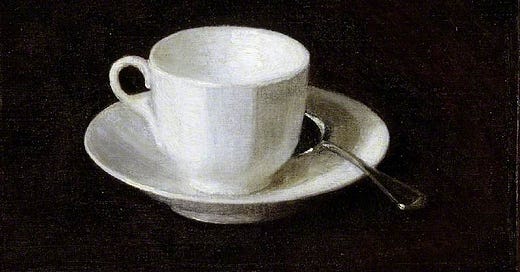



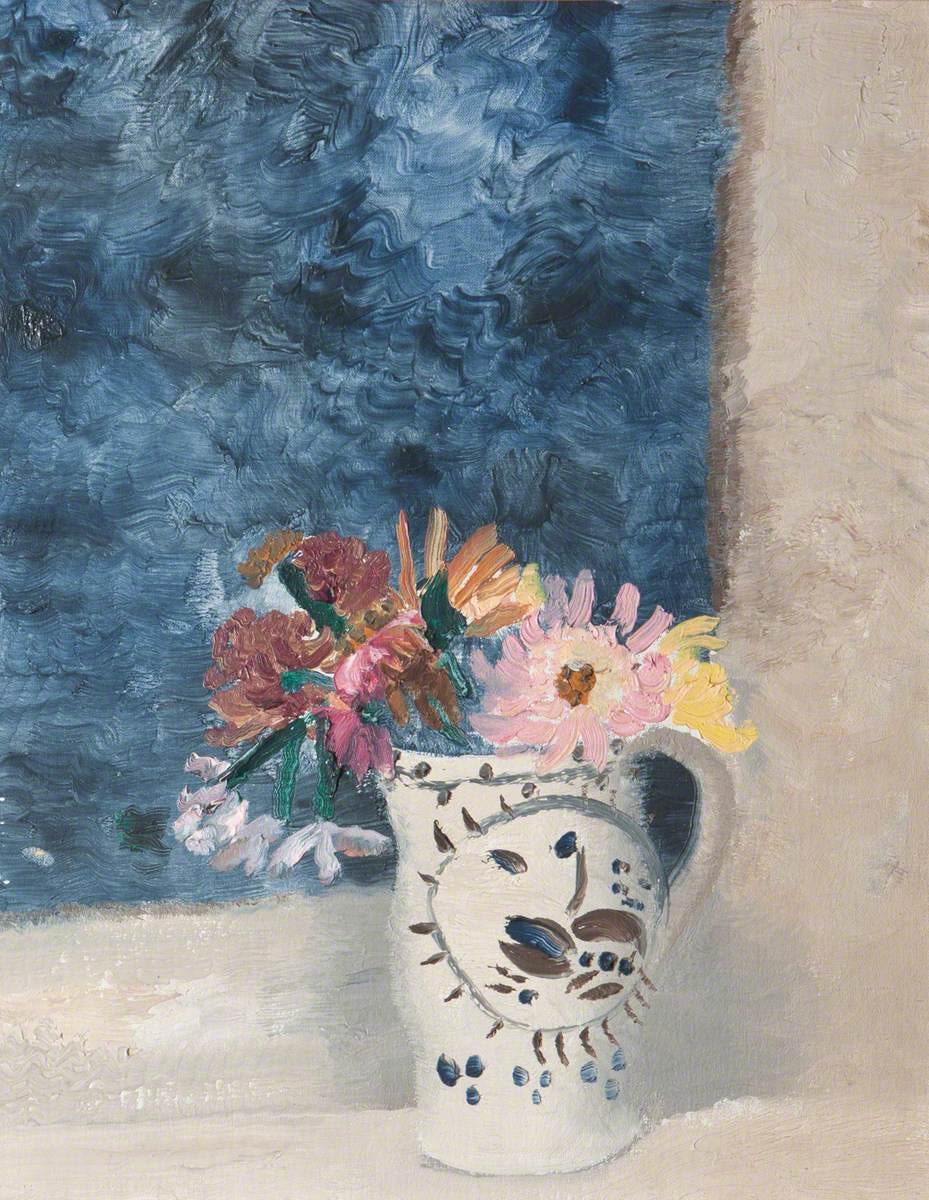
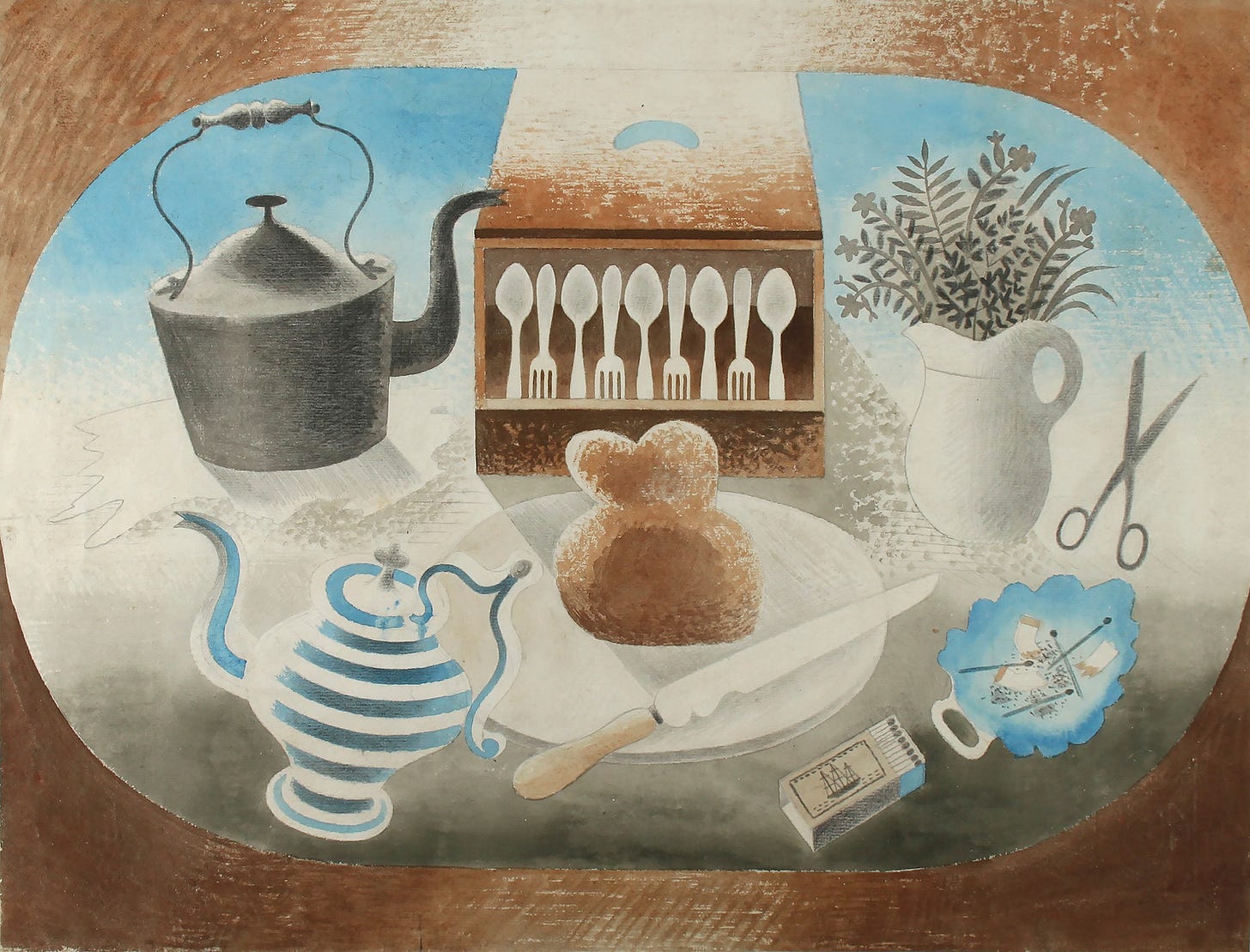
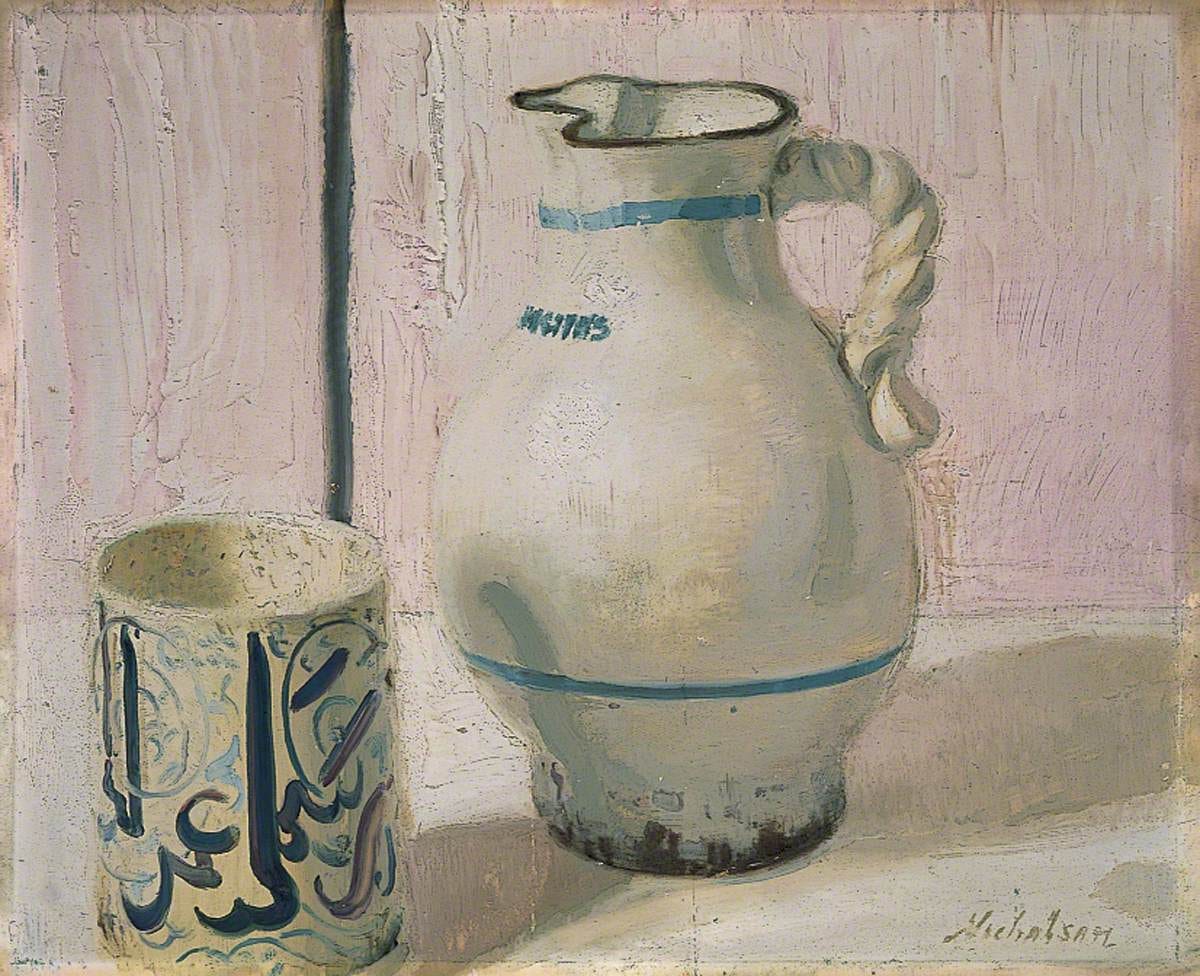
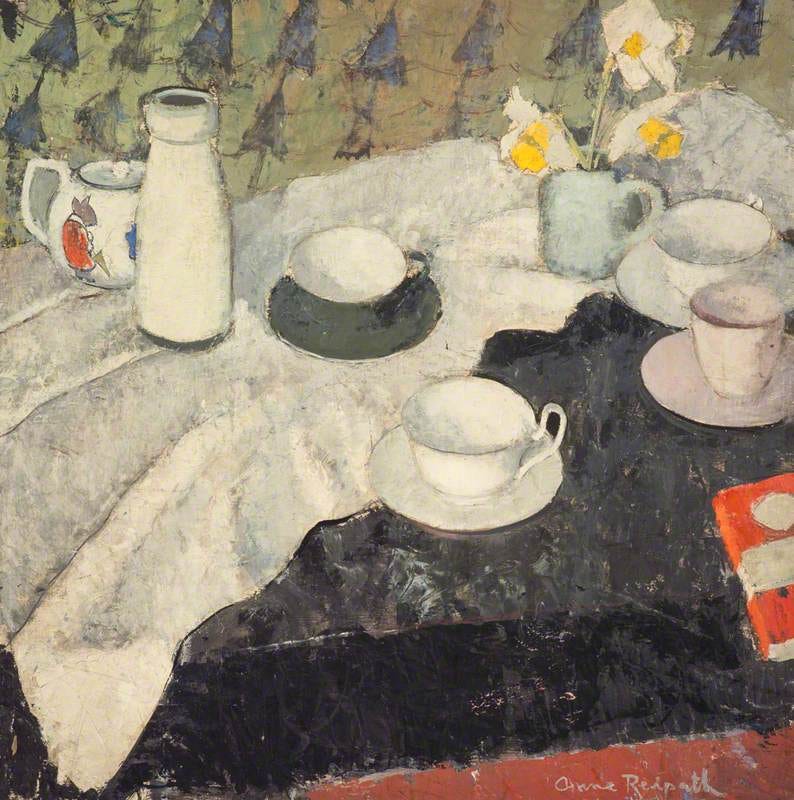
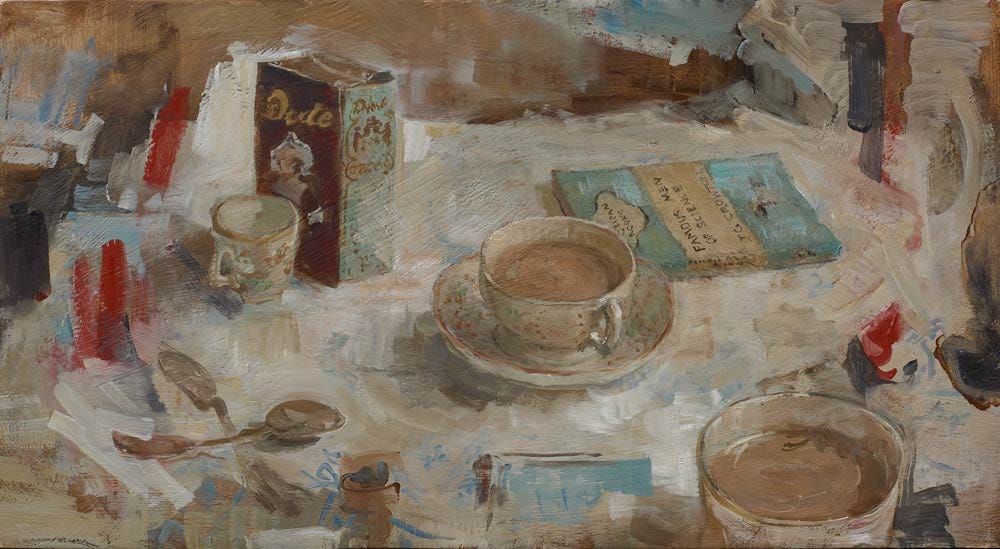
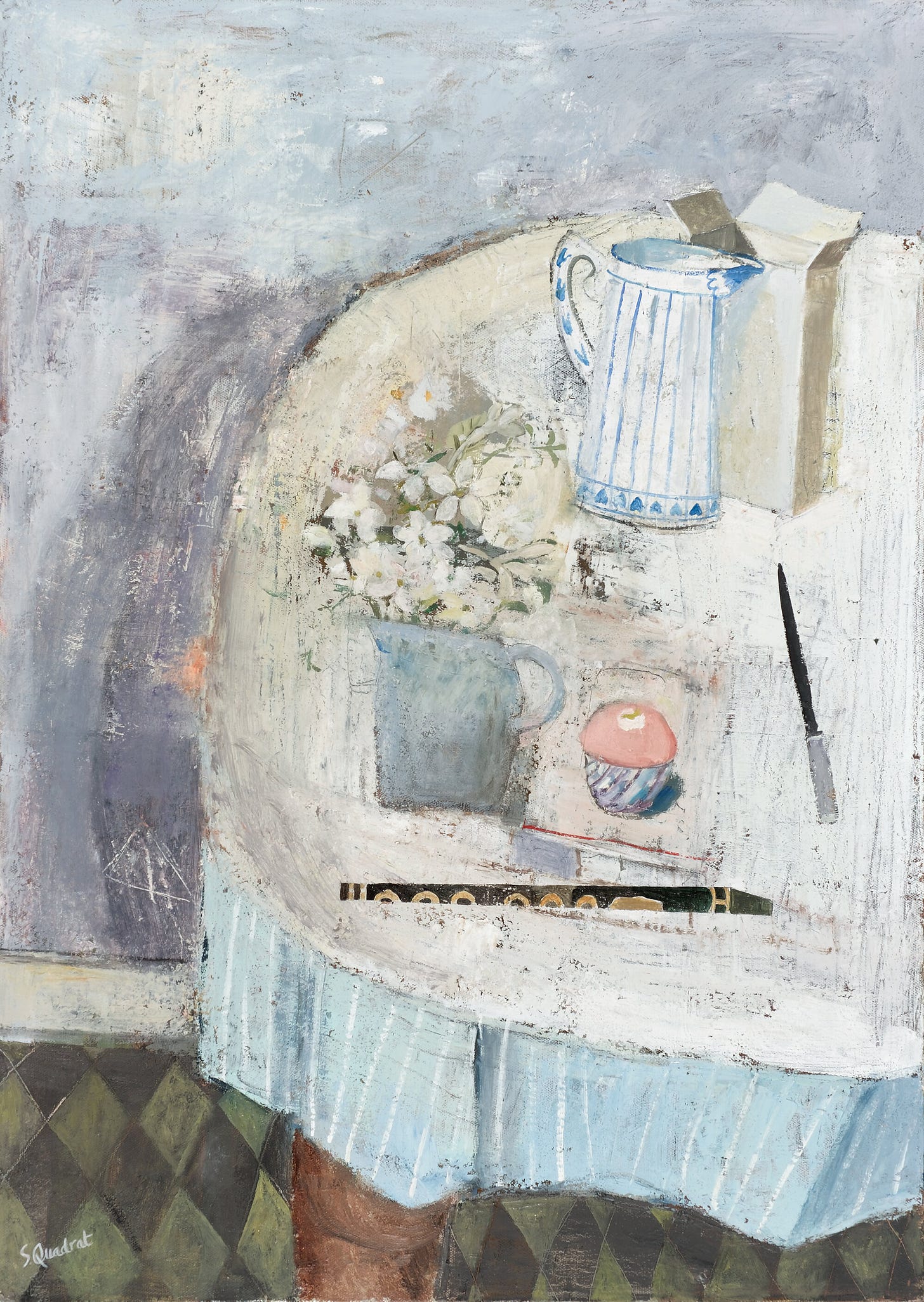
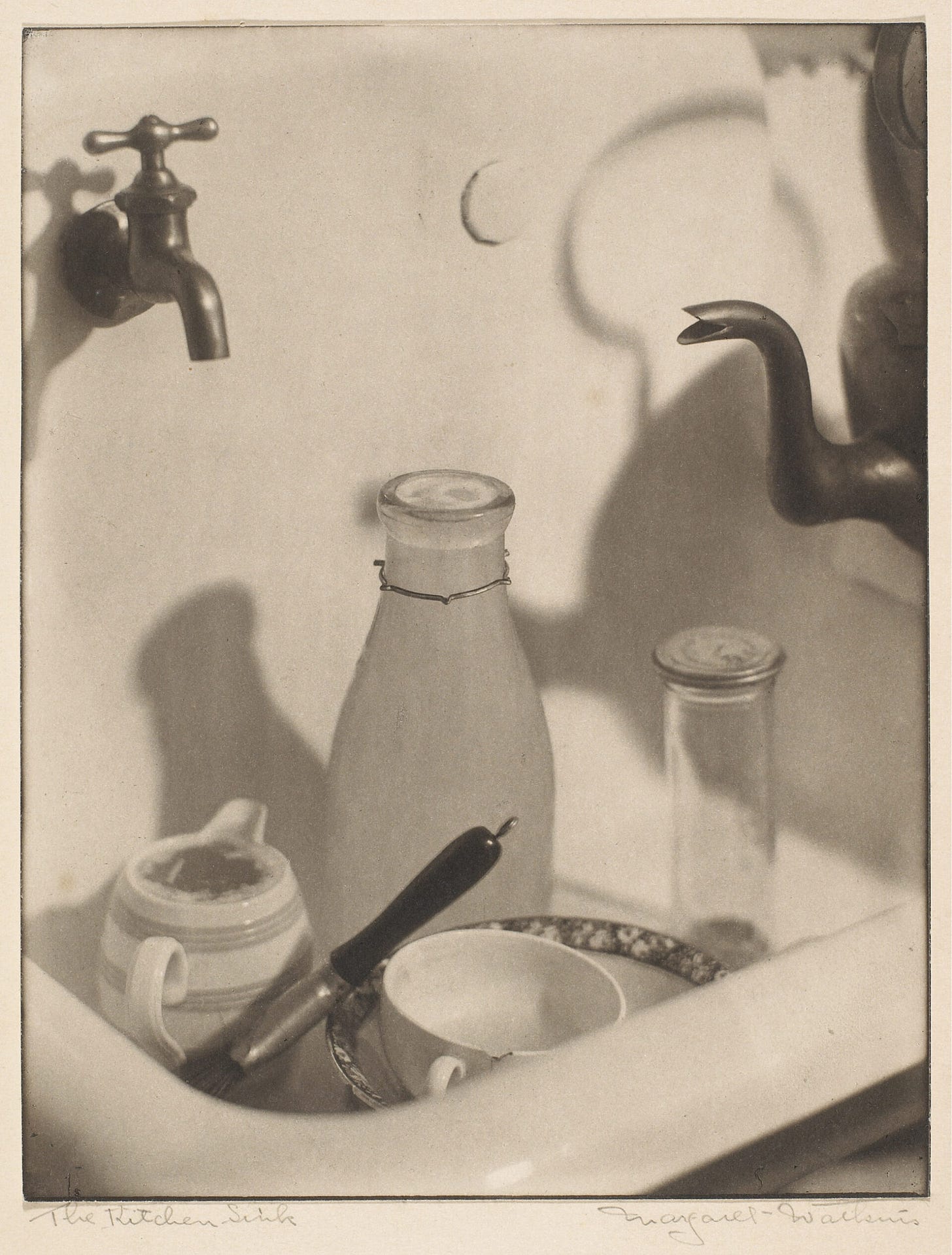

My life would actually be quite different if I hadn’t “met” you all those years ago on typepad. I was a very novice knitter, still am really! You encapsulated everything I was looking for. I was stuck in a dark infertility spiral and decided I’d learn all the things a “grown up” should learn. Baking, knitting sewing. You did them all and gave me hope that one day I’d have a baby of my own. I planted tulips because of you, made a quilt inspired by Ophelia Plum, a few cushion covers. Your rock bun recipe is in regular use!
I’m now over 40, a Mummy and although I don’t knit or sew much anymore my life is brighter and tastier for having found you all those years ago.
Thank-you.
I read your Yarnstorm Substack articles with pleasure.
I love that I am able to read to the end - without meeting the “paid subscribers only” wall.
I willingly would buy you a coffee, from time to time, as the monetisation of words and thoughts saddens me.
I think we are all mulling thoughts around, not all thoughts make a story or a book, but they are worth sharing and self-publishing makes this possible.
I adore the easy style of what can be offered up as a blog.
Thank-you.